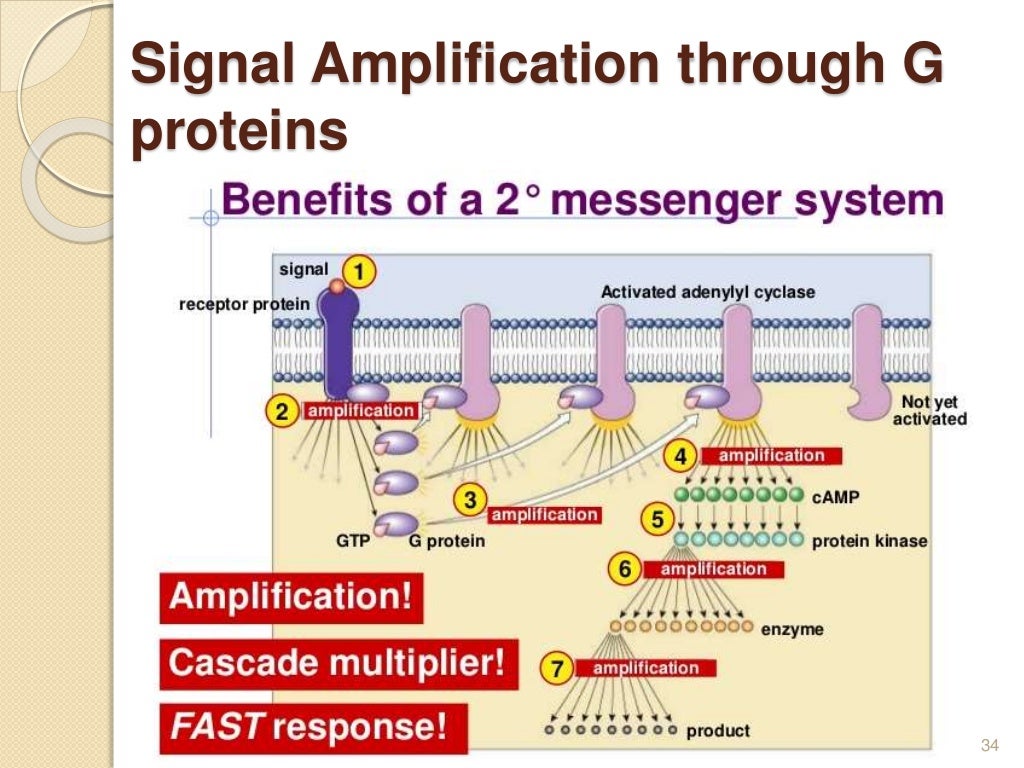

GPCRs are particularly amenable to modulation by small-molecule drugs and therefore have been the targets of about half of the drugs currently used to treat humans. GPCR binding to a wide variety of molecules (ligands) results in GPCRs interacting with G proteins that, in turn, activate the downstream effectors of GPCR pathways such as adenylate cyclase (AC), cyclic adenosine 3′,5′-monophosphate (cAMP), and protein kinase A (PKA), which regulate many different physiological processes. GPCRs are involved in recognizing extracellular messengers, transducing signals to the cytosol, and mediating the cellular responses necessary for the normal physiological functions of organisms. As a result of the critical functions of GPCRs in cell physiology and biochemistry, they are important targets for the development of clinical medicines for a wide range of human disease therapies and new and potentially more effective chemicals for insect pest management. The main function of GPCRs is to transduce extracellular signals and regulate intracellular second messengers through coupling to heterotrimeric G-proteins and their downstream effectors. G-protein-coupled receptors (GPCRs), which are proteins sharing a seven α-helical transmembrane structure, govern a number of physiological processes in both the vertebrate and invertebrate kingdoms. The latest insights into the exciting technological advances and new techniques for gene expression and functional characterization of the GPCRs in insects are provided. At the end of the review, it provides the recent studies on the function of GPCRs in the development of insecticide resistance, focusing in particular on our current knowledge of the expression and function of GPCRs and their downstream regulation pathways and their roles in insecticide resistance and the regulation of resistance P450 gene expression. The review also gives a brief introduction of GPCR pathways in organisms in general. Hormones and polypeptides that are involved in insect GPCR regulatory pathways are reviewed. This article focuses on the review of G-protein coupled receptor (GPCR) signaling pathways in insect physiology, including insects’ reproduction, growth and development, stress responses, feeding, behaviors, and other physiological processes. Recent studies have revealed the expression and function of GPCRs in insecticide resistance, improving our understanding of the molecular complexes governing the development of insecticide resistance. As a result of the critical function of GPCRs in cell physiology and biochemistry, they not only play important roles in cell biology and the medicines used to treat a wide range of human diseases but also in insects’ physiological functions. Members of this seven α-helical transmembrane protein family transduce the extracellular signals and regulate intracellular second messengers through coupling to heterotrimeric G-proteins, adenylate cyclase, cAMPs, and protein kinases.

G-protein-coupled receptors (GPCRs) are known to play central roles in the physiology of many organisms.


 0 kommentar(er)
0 kommentar(er)
